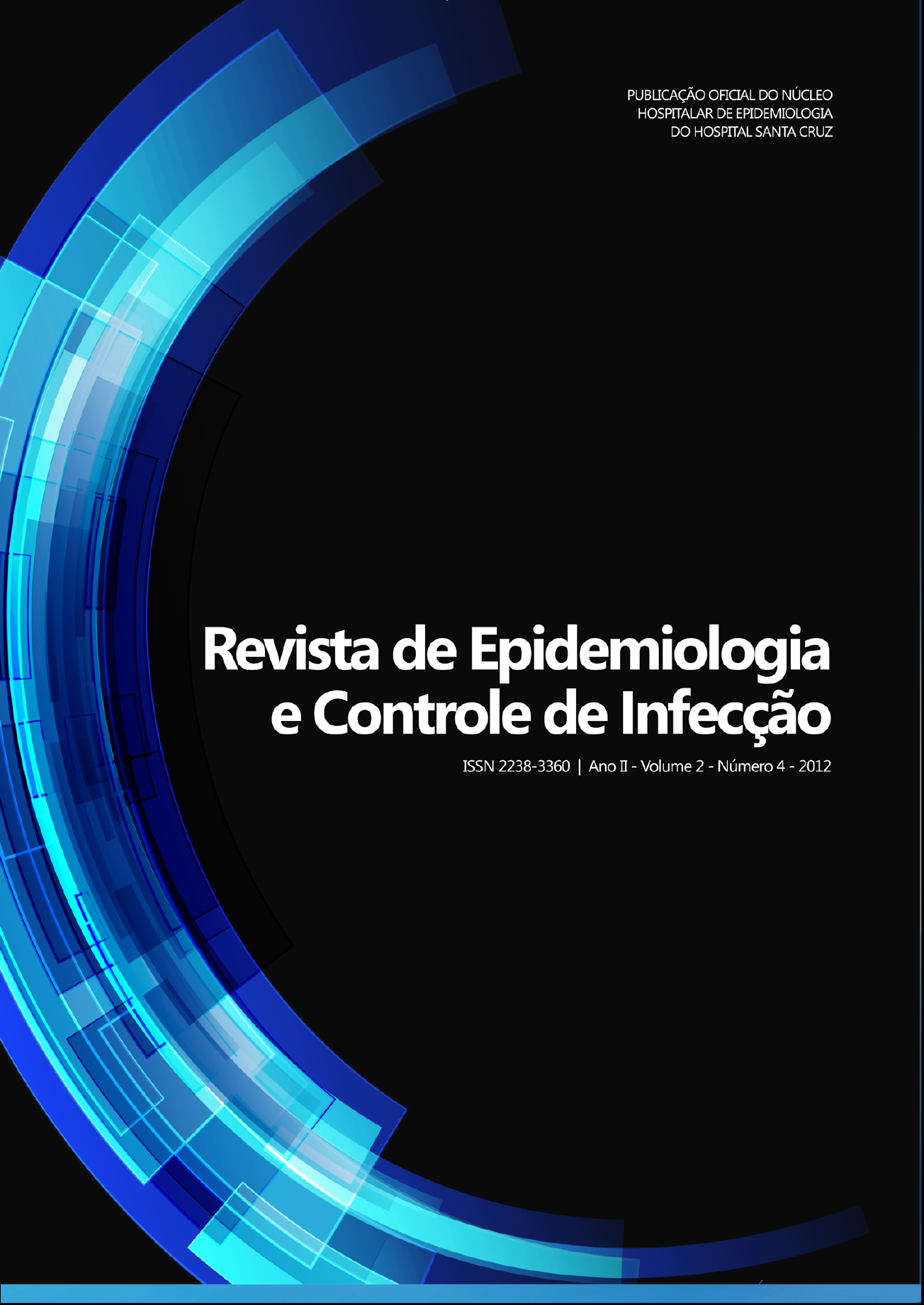Neonatal sepsis in Intensive Care Unit Neopediatric Hospital Santa Cruz - Rio Grande do Sul
DOI:
https://doi.org/10.17058/reci.v2i4.3132Abstract
Rationale and Objectives: The Hospital Infection (IH) is a serious health care problem due to high incidence, mortality signifi cantly increased length of stay and high consumption of drugs. The identification of the transmission paths and causing microorganisms is essential for this prevention. Thus, there was a character study Transversal Prospective clinical, held at Neopediátrica Intensive Care Unit (ICU-NEO), Hospital Santa Cruz / RS, aiming to profi le the newborn patients (RNs) admitted this sector with diagnosis of Sepsis, April-July 2010, identifying behaviors adopted by healthcare professionals facing the diagnosis of this pathology. Methods: newborns admitted to the ICU sector NEO-aged not more than 28 days old and have not been discharged from the time of their hospitalization, infectious pathology related hospitalization; Being notified by the Commission of Hospital Infection Control (HICC). Results: During the collection period, we found 48 patients admitted to the unit where 13 (27, 08%) patients were reported by the institution CCIH suspected of IH. Of these, 7 (53,85%) newborns diagnosed with neonatal sepsis and six patients with late neonatal sepsis. The relative frequency of positive blood cultures and collected in cases of suspected sepsis represented a 25% rate of success. Conclusions: It is hoped that the study generates refl ections on the theme, encouraging partnerships between the healthcare team and CCIH, aiming to improve the system, advocating for a more rapid and complete recovery of the patient. KEYWORDS Hospital infection. Intensive care unit neopediatric. Antibiotics.Downloads
Downloads
Published
How to Cite
Issue
Section
License
The author must state that the paper is original (has not been published previously), not infringing any copyright or other ownership right involving third parties. Once the paper is submitted, the Journal reserves the right to make normative changes, such as spelling and grammar, in order to maintain the language standard, but respecting the author’s style. The published papers become ownership of RECI, considering that all the opinions expressed by the authors are their responsibility. Because we are an open access journal, we allow free use of articles in educational and scientific applications provided the source is cited under the Creative Commons CC-BY license.


